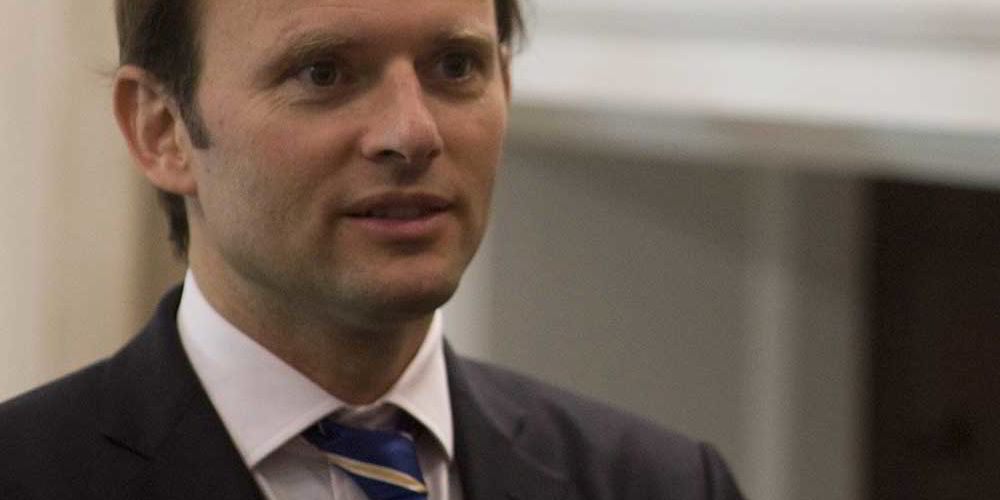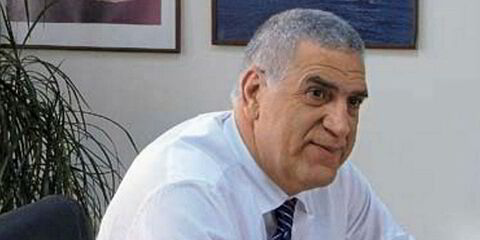Chief executive Christoph Toepfer says the company and private equity partner KKR have been discussing dry bulk since 2013 but had previously decided against such a move.
Today the partners added four panamaxes and a supramax as part of a $254.5m fleet swoop that also included boxships.
Toepfer told TradeWinds: “These bulkers came as part of the fleet. You could not cherry pick and only take the bulkers or the containerships, you had to take them all.
“We also said timing wise that bulk exposure was actually quite attractive at this point in the cycle, hence we were not interested to even flip them our right away but take them as part of the acquisition.”
The company will potentially look at further additions in the dry cargo sector “because obviously it’s the most distressed markets at this time”, Toepfer said.
He added: “Generally the prices of the bulkers is, from a historical perspective, extremely attractive.”
Toepfer says the 18 strong fleet deal, the largest that the company has completed, originated back in March with around 15 interested parties.
He says the fact Borealis and the bank completed a transaction last year for a fleet of nine boxships aided its cause but it was by no means the only contributory factor.
“There are lots of people who can express an interest but very few who really can transact. For Commerzbank from the very start, price is always important, but security around execution [was important] and quite a number of bidders fell short of that,” he said, noting there was one other extremely credible rival involved in the race.
Borealis has now bought around 50 ships alongside KKR, while about 10 were added alongside earlier investment partners.
Toepfer says no targets have been set for the size of the fleet or the amount of capital to be deployed, stressing the company has an opportunistic approach to all transactions.
“We look at the overall cycle and make a judgement on what makes sense to buy in each sector, if at all,” he said, noting that so far the timing of most of its transactions has been good.
He is equally flexible in terms of the company’s exit strategy.
“We don’t set our target too early on how we want to exit something,” he said. “We just see how the market develops and then re-evaluate as we go along again.
“It’s dangerous if you set yourself too early on an exit route and as you move towards it those doors close. You need to be flexible and that’s what the intention is from our side.”



